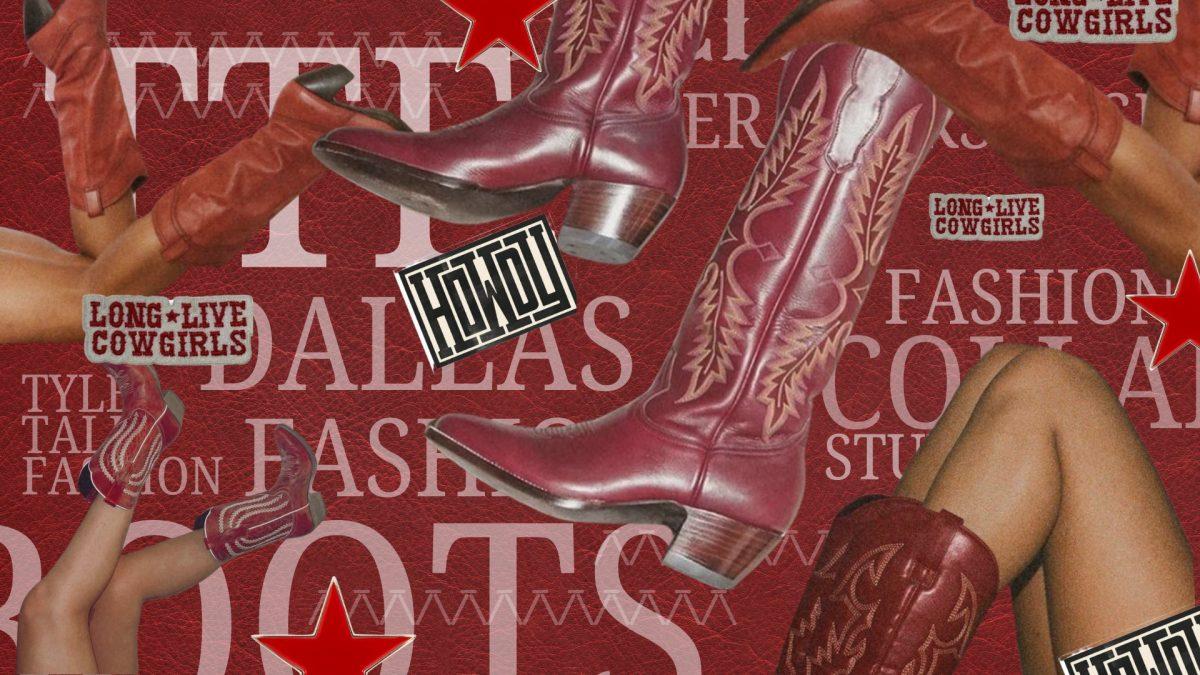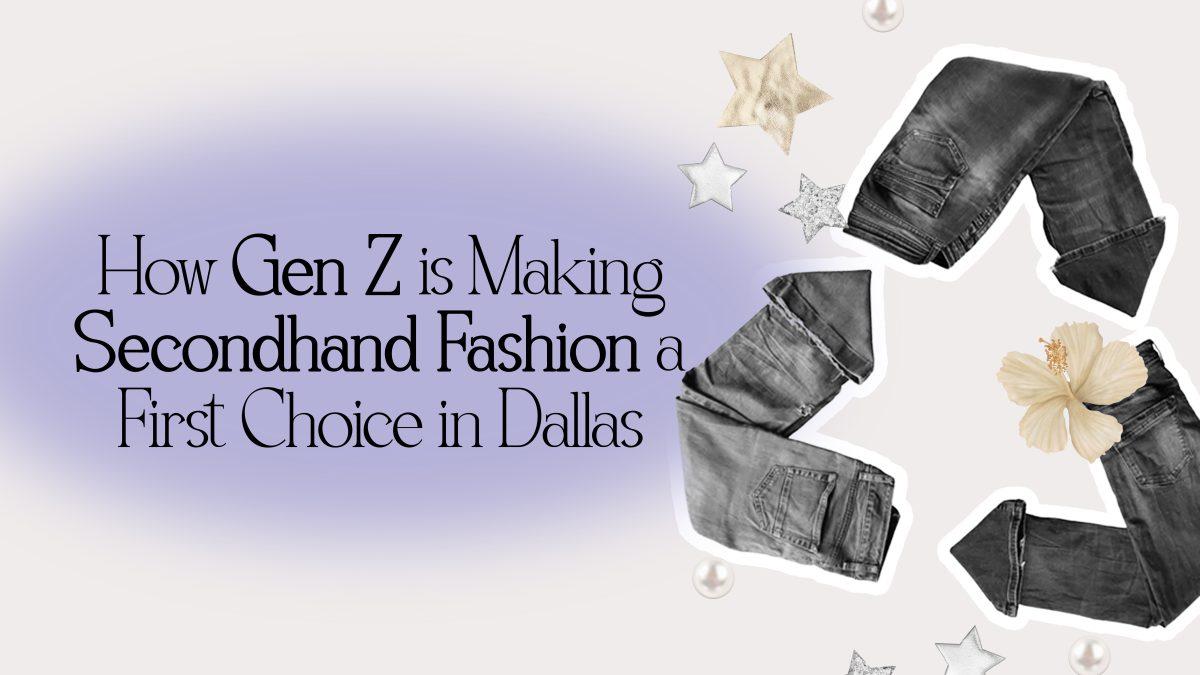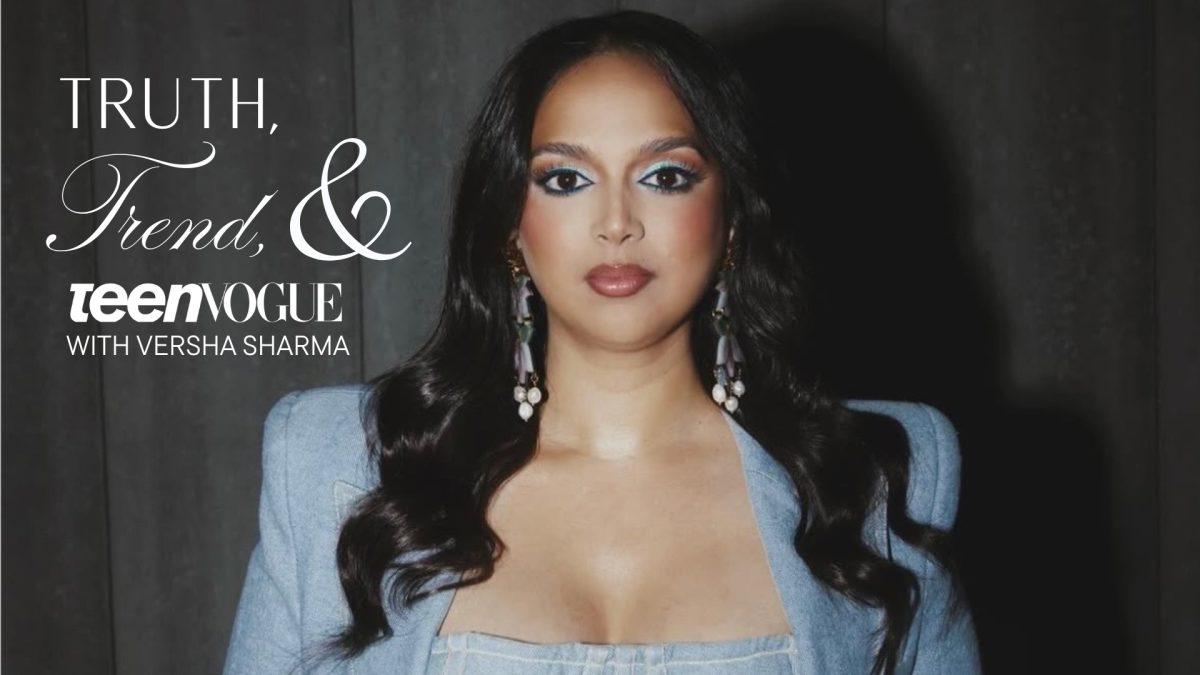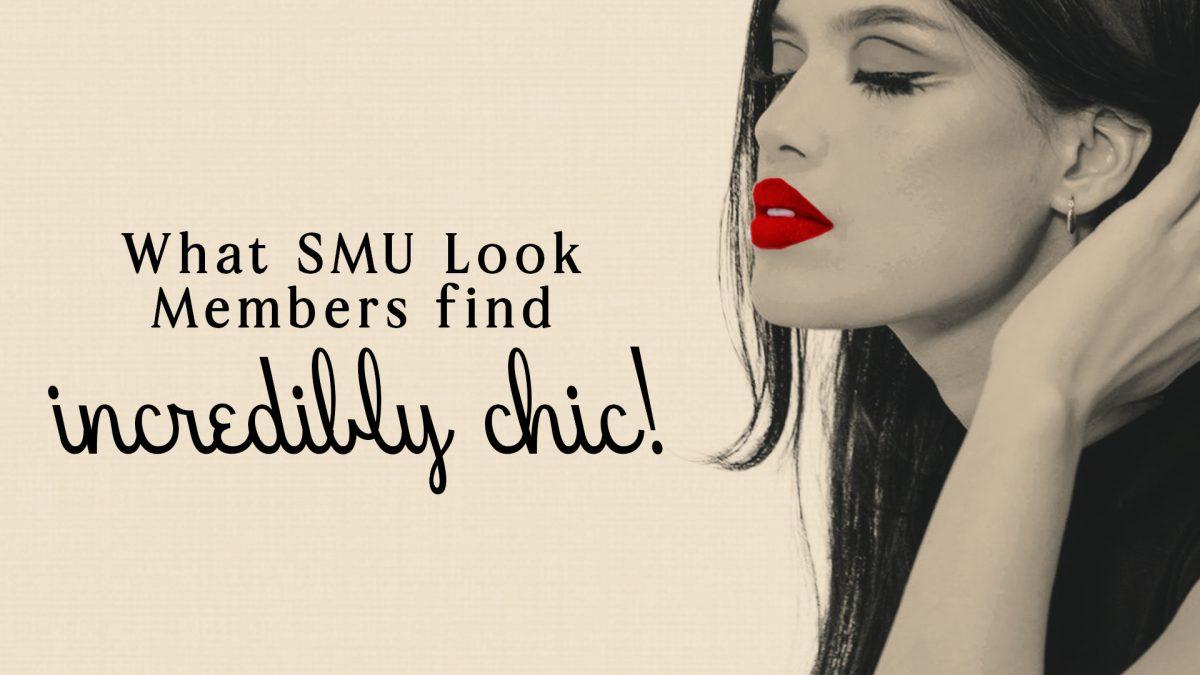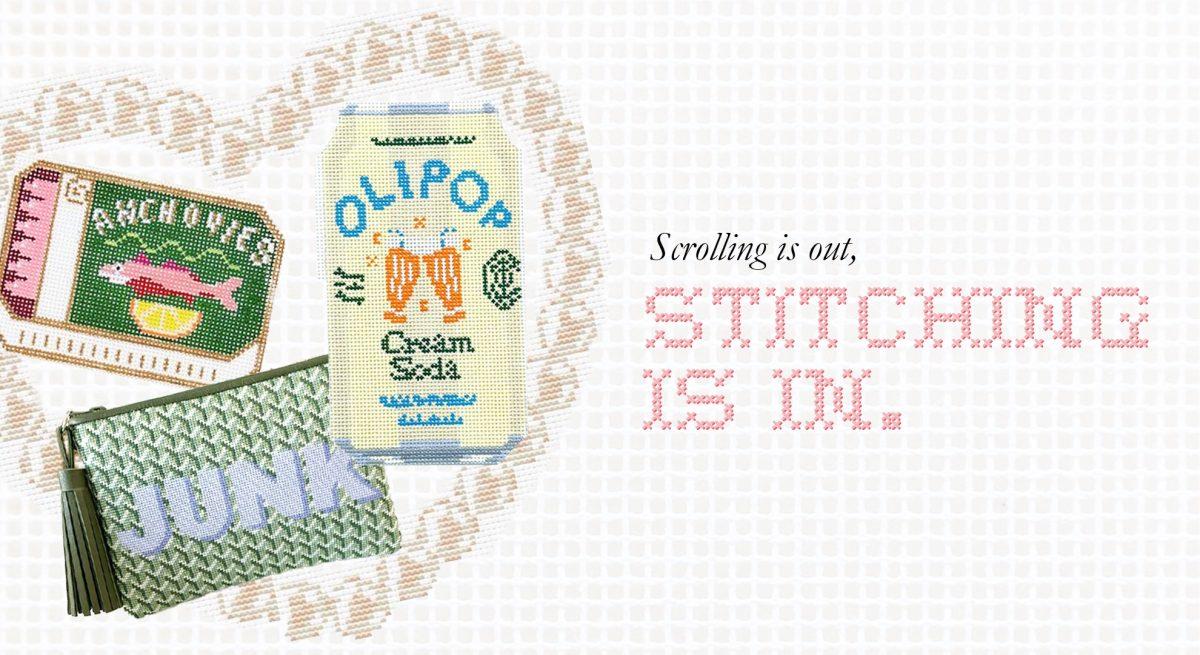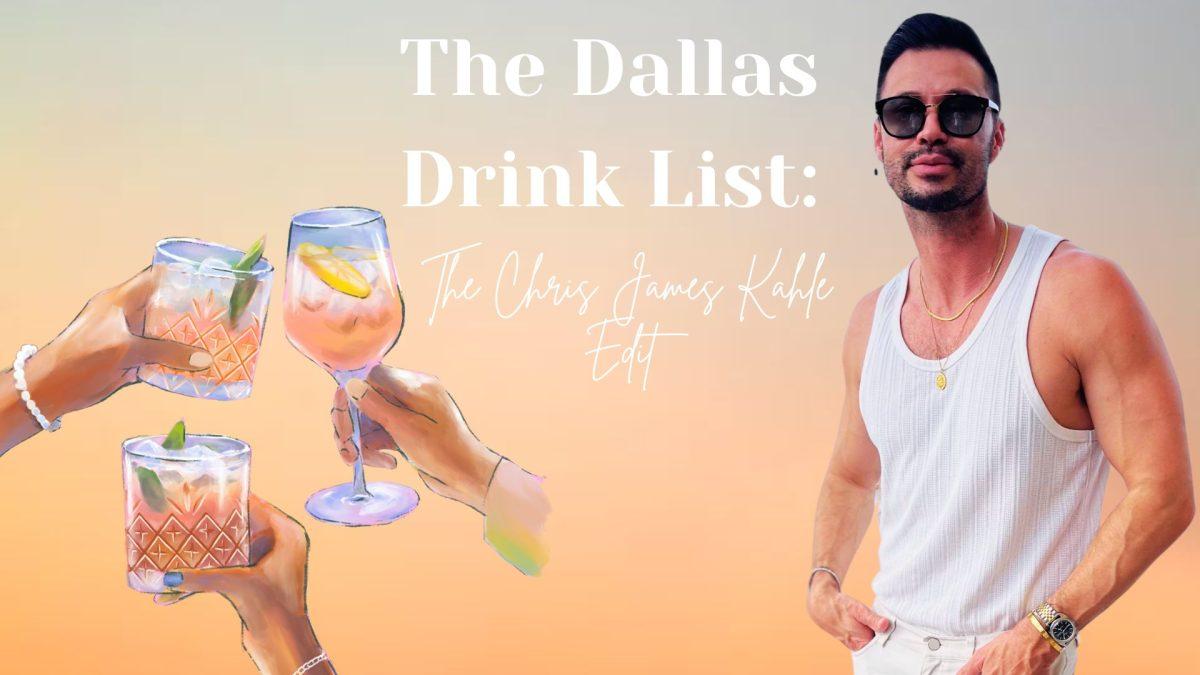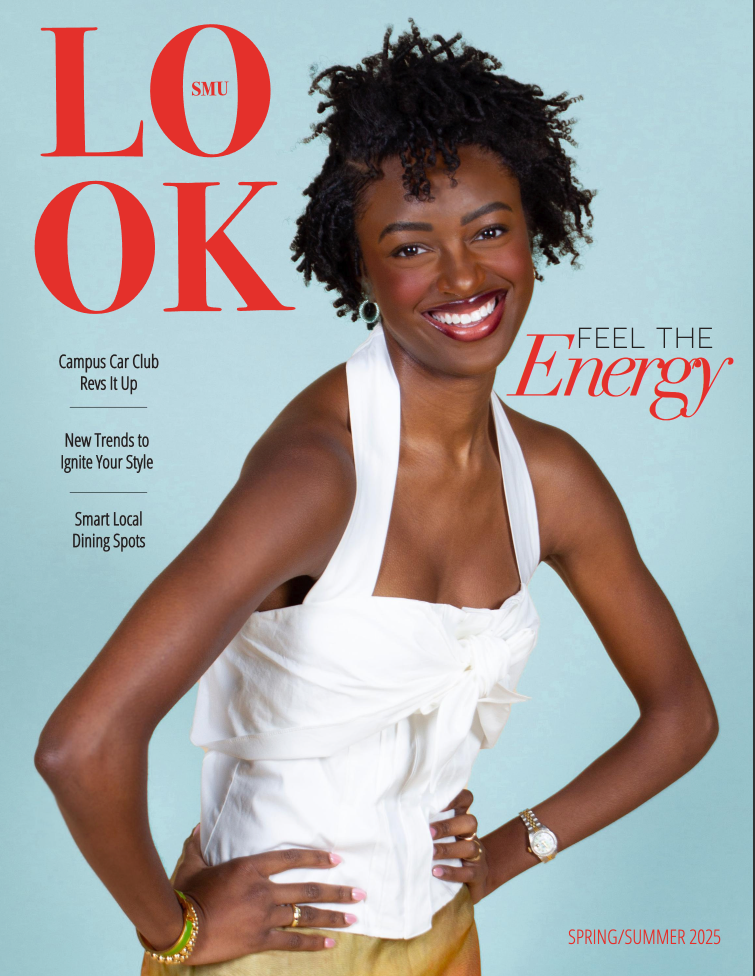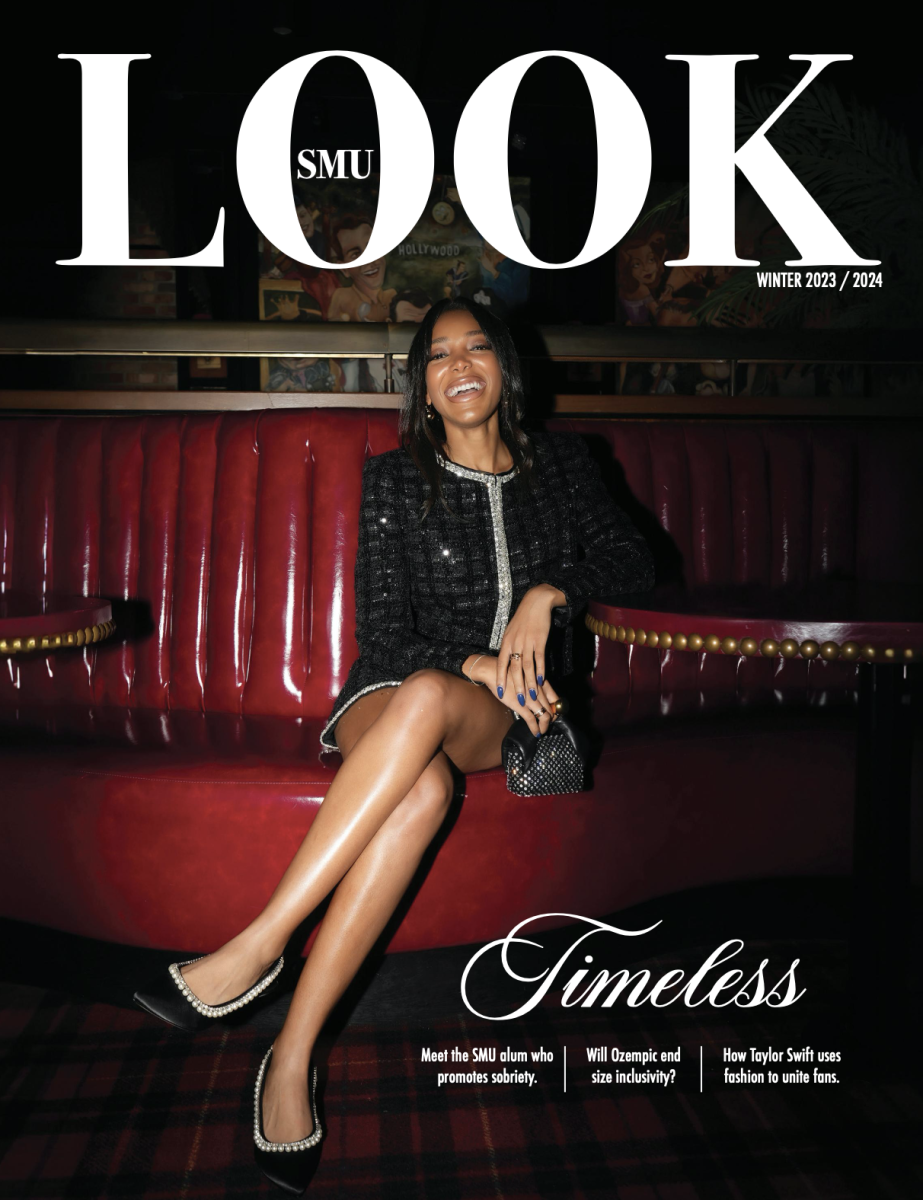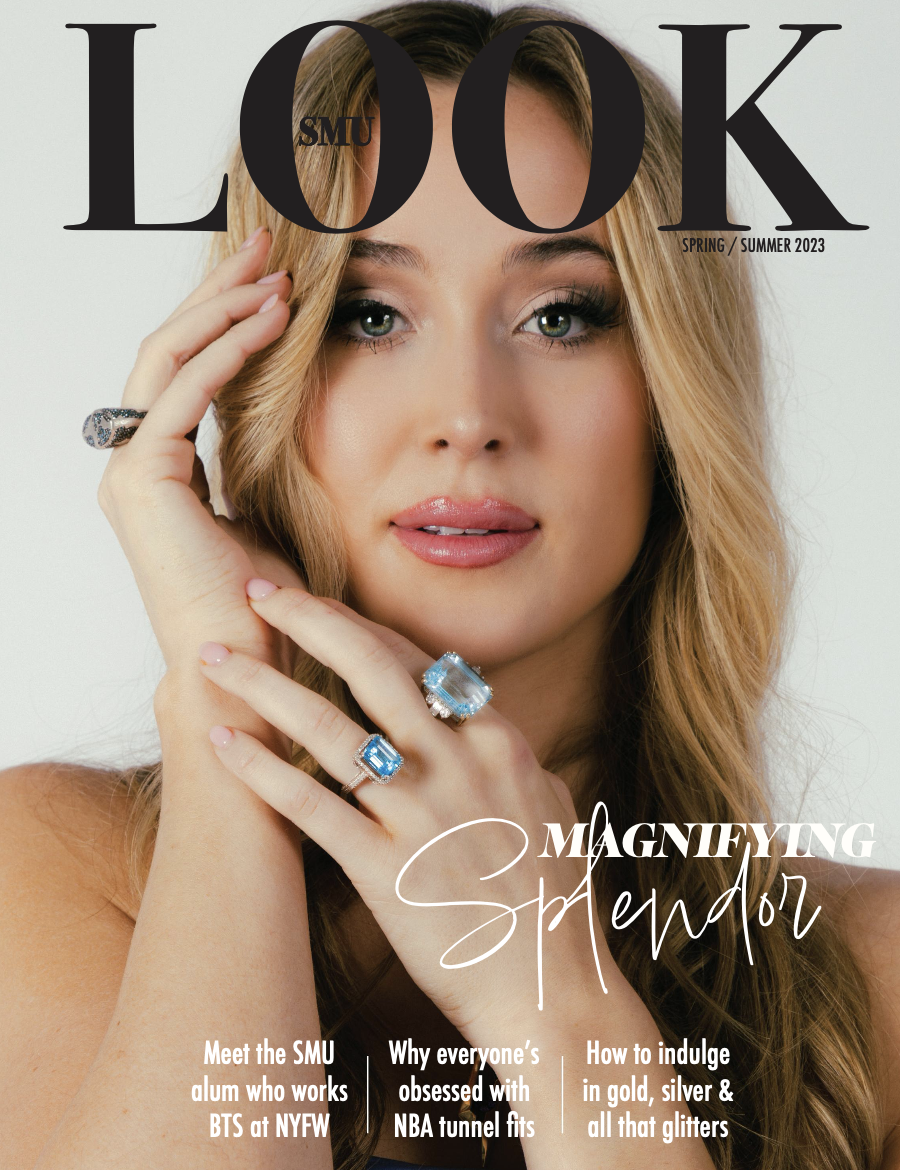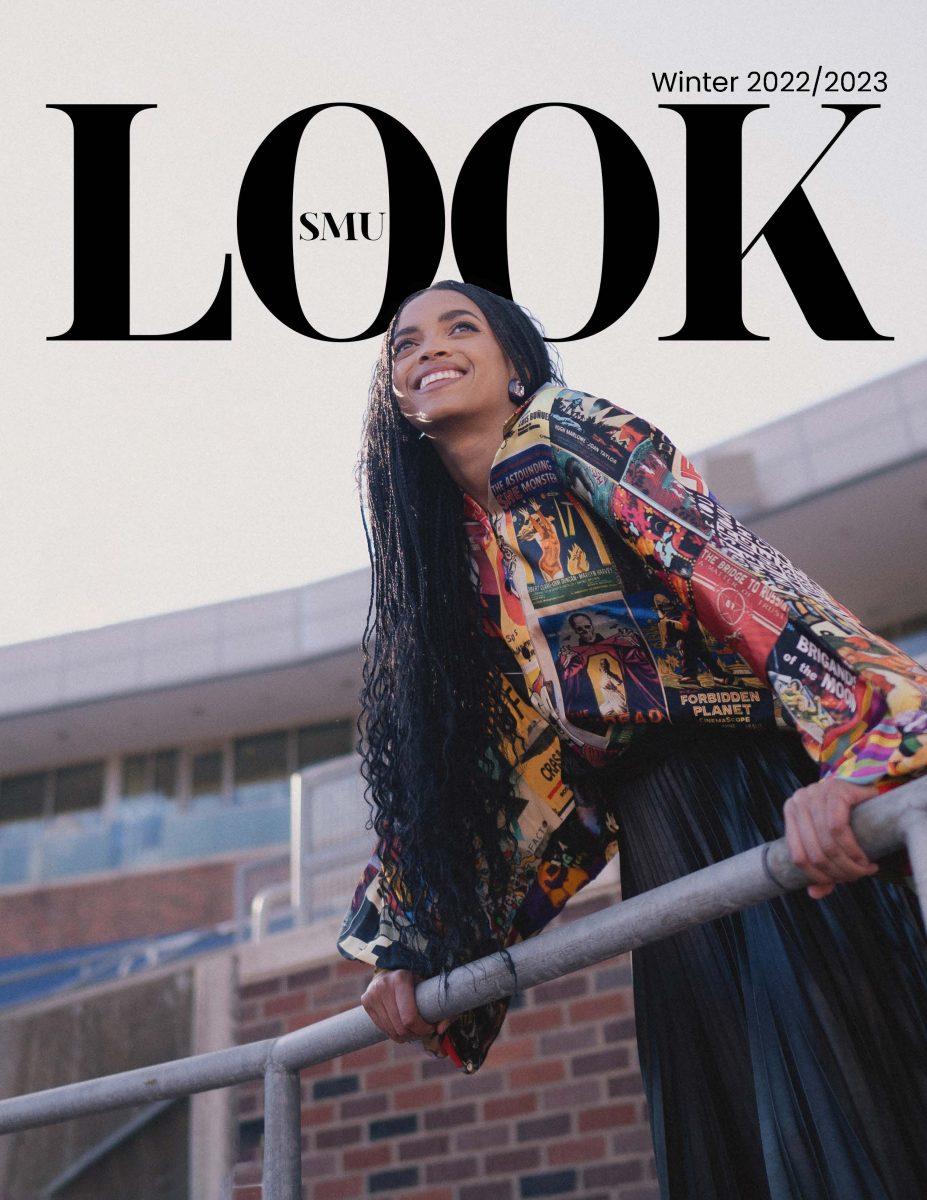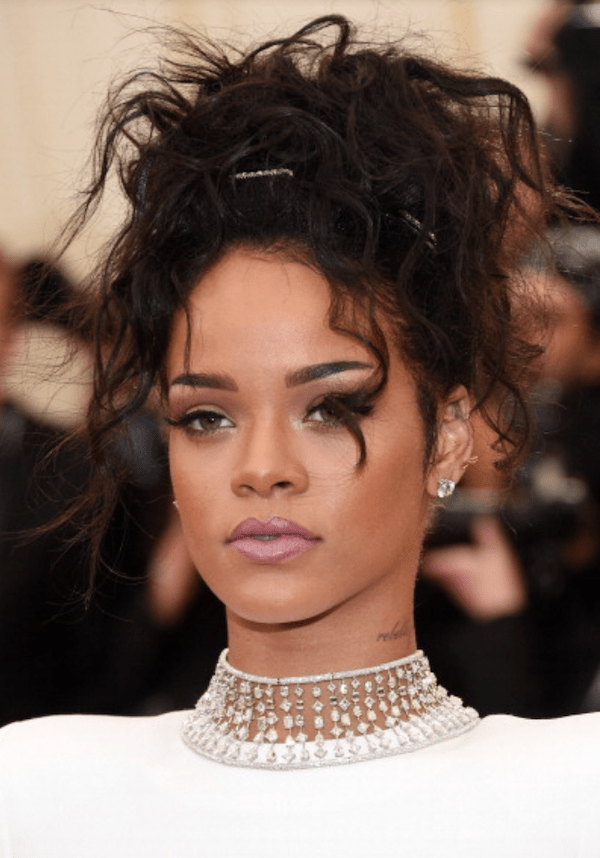The simple choker goes back thousands of years, to the ancient civilizations of Sumer, Mesopotamia and ancient Egypt. They’ve been used as a source of power and protection, to make a political statement, and as a beauty accessory.
Dr. Stephanie Langin-Hooper is a professor of ancient art history at SMU.
“Each kind of jewelry had a different meaning—wealth, beauty and status as well as more specific religious, political and spiritual meanings,” said Langin-Hooper.
Most Egyptian jewelry was made from gold or copper since silver was scarce. Precious and semi-precious stones were used such as lapis lazuli which was a favorite and denoted honor, royalty, wisdom and truth.
“Trade would allow for different gemstones to be included in the jewelry,” said Langin-Hooper.
Types of jewelry included signet rings which were used as seals, armbands, and crowns along with earrings and necklaces.
One example is the ancient Egyptian shebyu collar which was made from gold to represent the sun god and creator of gold, Ra. The choker-like necklace was formed from beads strung together joined by a clasp. The long strands of beads hanging from the clasp act as a counterweight and would have been worn on the person’s back.
The choker was first adopted by European women during the Enlightenment and remained popular as a visible sign of wealth.
Anne Boleyn’s portrait from the 17th century shows her wearing a pearl choker adorned with a “B” charm.
Chokers also brought to mind the beheadings that took place during execution sentences.
During the French Revolution when the monarchy was overthrown and people took control of the government, the Reign of Terror marked a one-year period where thousands of people such as Marie Antoinette were beheaded for treason.
Following the French Revolution, women wore red ribbons around their necks to symbolize the bloody deaths caused by the guillotine and pay homage to those who were suspected of treason and executed.
Prostitutes began wearing black ribbons around the same time to identify their profession.
This trend has been captured in Édouard Manet’s “Olympia” which shows a reclining, nude woman wearing a black ribbon choker.
Alexandra of Denmark popularized the choker in the early 20th century which she wore to cover a scar she acquired during a childhood operation.
A version of the choker called a Kropfkette was also used by women to hide goiters caused by an iodine deficiency common in the the Alps.
Chokers re-appeared in the 1920s and again in the 1940s as dog collars in America or colliers de chien in France. They were called this because they were worn lower on the neck and were often embellished with faux diamonds or pearls.
In the 1970s, choker represented gender bending with rockstars such as Mick Jagger, David Bowie, and Jimi Hendrix sporting the accessory.
In the 1990s, chokers made a strong comeback with the plastic tattoo choker which was often worn by teenagers who associated with the grunge or punk scene.
Chokers have been popular on-and-off since the ‘90s in just about every form and can be seen on the likes of Rihanna, Ariana Grande, and Hailey Baldwin.

